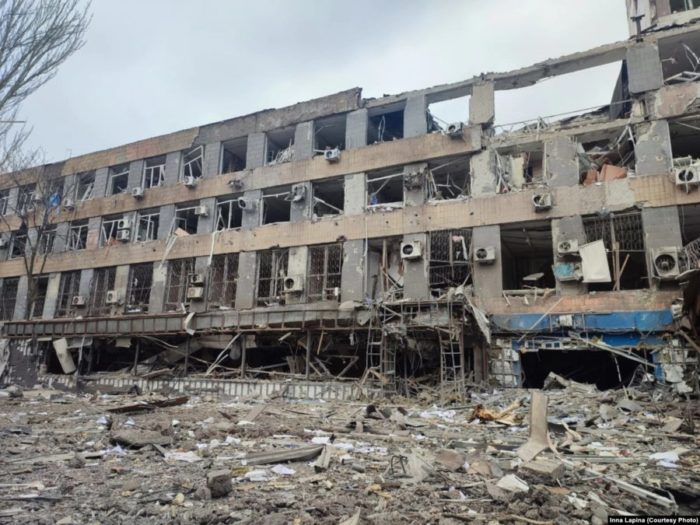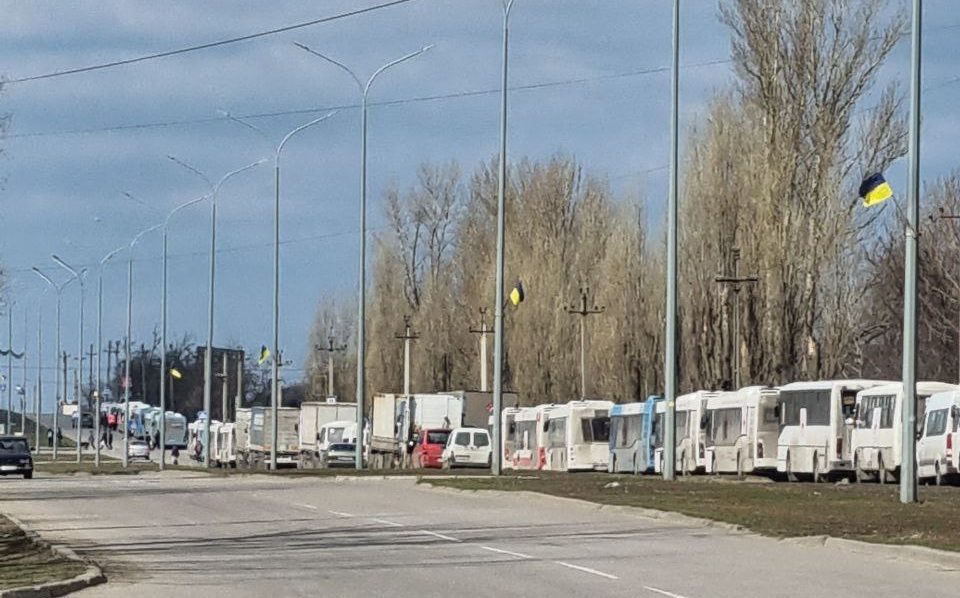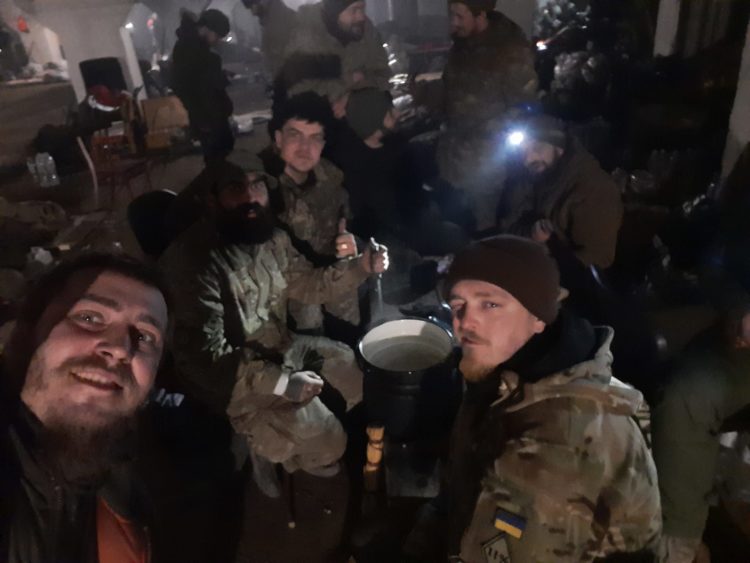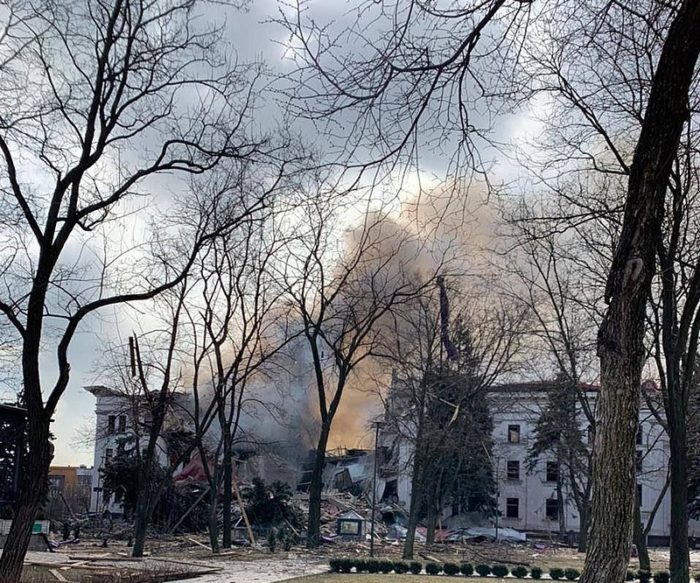On 14 March, Maya Sh. and her family managed to escape from Mariupol, a southeastern Ukrainian port city besieged by Russian troops since March 2. "Horror" is the only word she keeps repeating describing the situation in her hometown. And the horror is getting worse day by day.
The woman says that they left Mariupol at their own risk, not waiting for the "green" corridors or a ceasefire because staying in the city would mean death. You can also die on the way out, but there is at least a small chance to escape. Those who now remain in the city have almost no such chance.
This is what Maya told.
At night on 13 March, we said goodbye to our lives. The shells were falling so close that we believed that they were going to hit us. The walls literally trembled, staggered. From the roaring sounds, everything inside us was shrinking away with such an animal fear. The fear for my child.
Russia disrupts humanitarian convoys and evacuation from the war zone in UkraineWhen we went outside in the morning, we saw that a bomb fell on the neighboring house, no. 51. It completely ruined it. There were rocket hits on the neighboring house on the other side of ours. We then quickly packed our things and drove towards the Moryakiv settlement (a neighborhood at the southwestern exit from Mariupol, - Ed.). They bombed a day before and it was temporarily quieter. When we left home, we found out that three shells at once hit our house. We spent that night in the Moryakiv settlement at my friend's, and on the morning of 14 March, we got into our car and went out of the city.
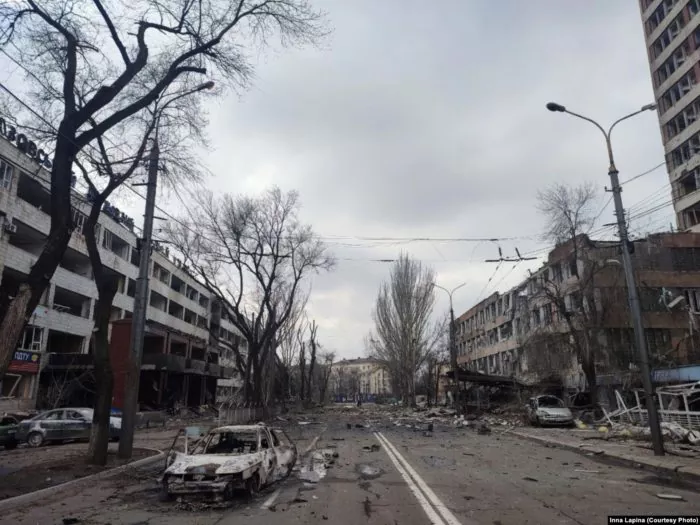
I encouraged all my friends, who still had cars and petrol, to leave together. We formed a fairly large convoy. I realized that we might not reach the destination, that we might get gunned down, that we might trip a mine, or get under Grad fire (BM-21 Grad, a multiple rocket launcher, - Ed), but I also realized that we would die in Mariupol. So you have to take risks.
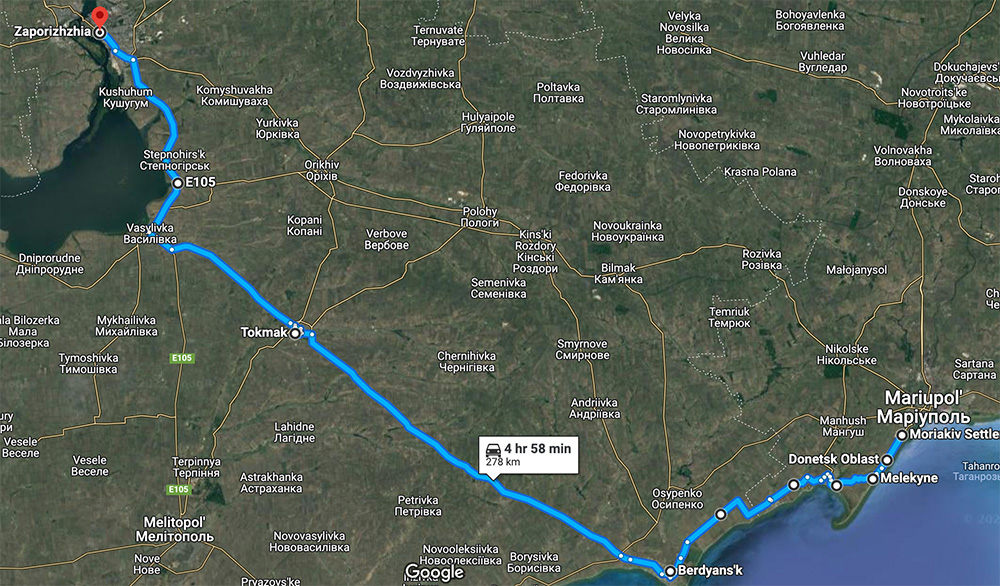
And each time I tried to look into their eyes. I wanted to understand what it was like to go and kill your own people, shoot at them, level the city where you once lived or visited it more than once. I didn't see anything in their eyes. I'll probably never understand this. Although some told us, "Leave and never come back."
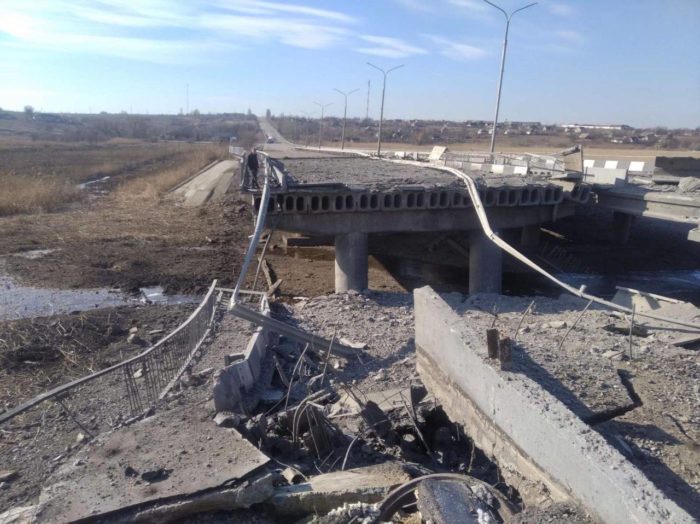
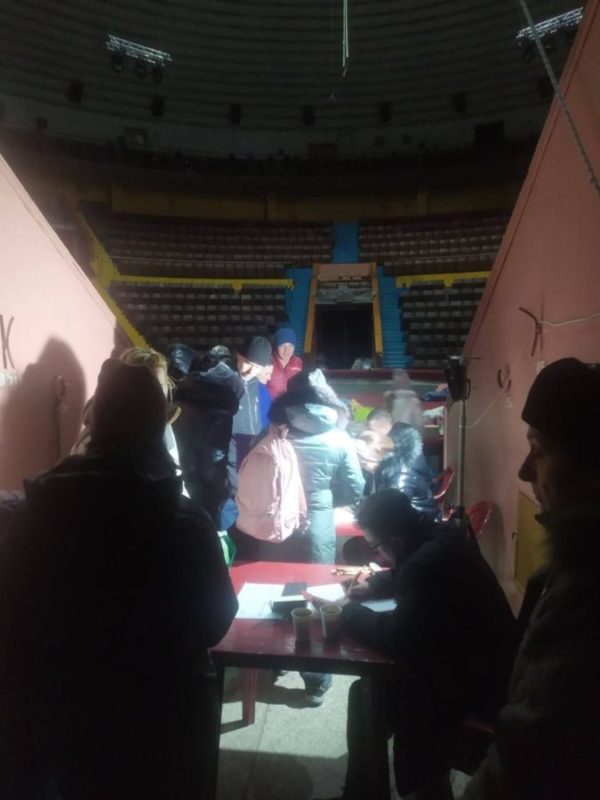
I think that all this horror that our children have experienced will take a toll on their health. But I will think about it later. Now it's important to survive.
On 15 March, some 20,000 people managed to leave Mariupol on private cars along the humanitarian corridor. Out of about 4,000 cars that left the besieged city, 570 managed to reach Zaporizhzhia before nightfall, according to Kyrylo Tymoshenko, Deputy Head of the President's Office.
Meanwhile, on the 10th day of its 250-kilometer trip, the humanitarian convoy first sent from Zaporizhzhia to Mariupol on 6 March hasn't reached its destination and remains in the Russian occupied territory.
Read more:
- War in Ukraine, day 20: Temporary lull; Ukraine repulses attack on Mariupol
- Russia disrupts humanitarian convoys and evacuation from the war zone in Ukraine
- “I understand that this is genocide.” Oleksandr, 34, Kharkiv
- Russia escalates air strikes amid stuck land operation, Ukraine asks for air defense
- Is Russia preparing to attack Mariupol by blockading Ukrainian Azov Sea ports? (2018)

